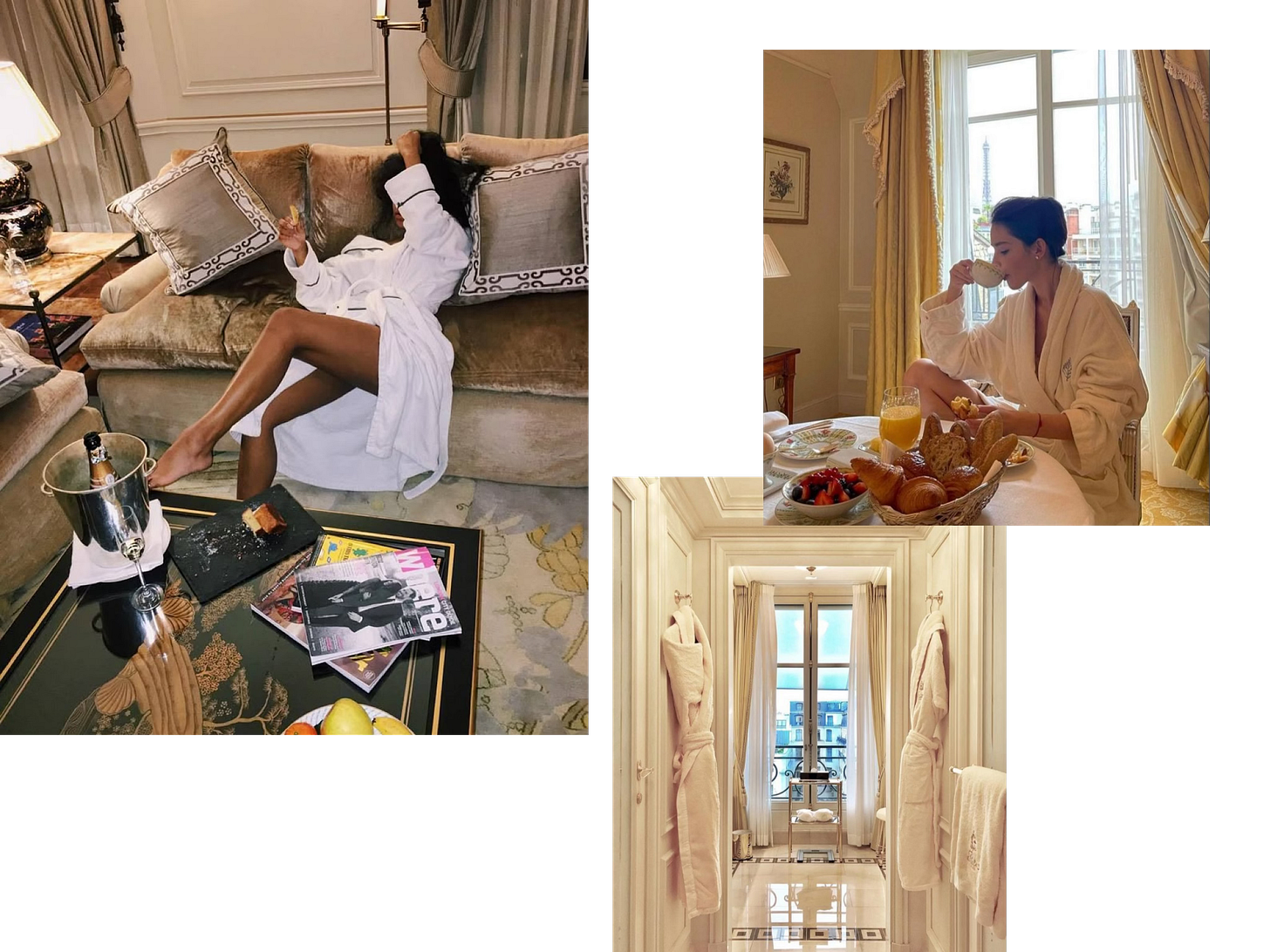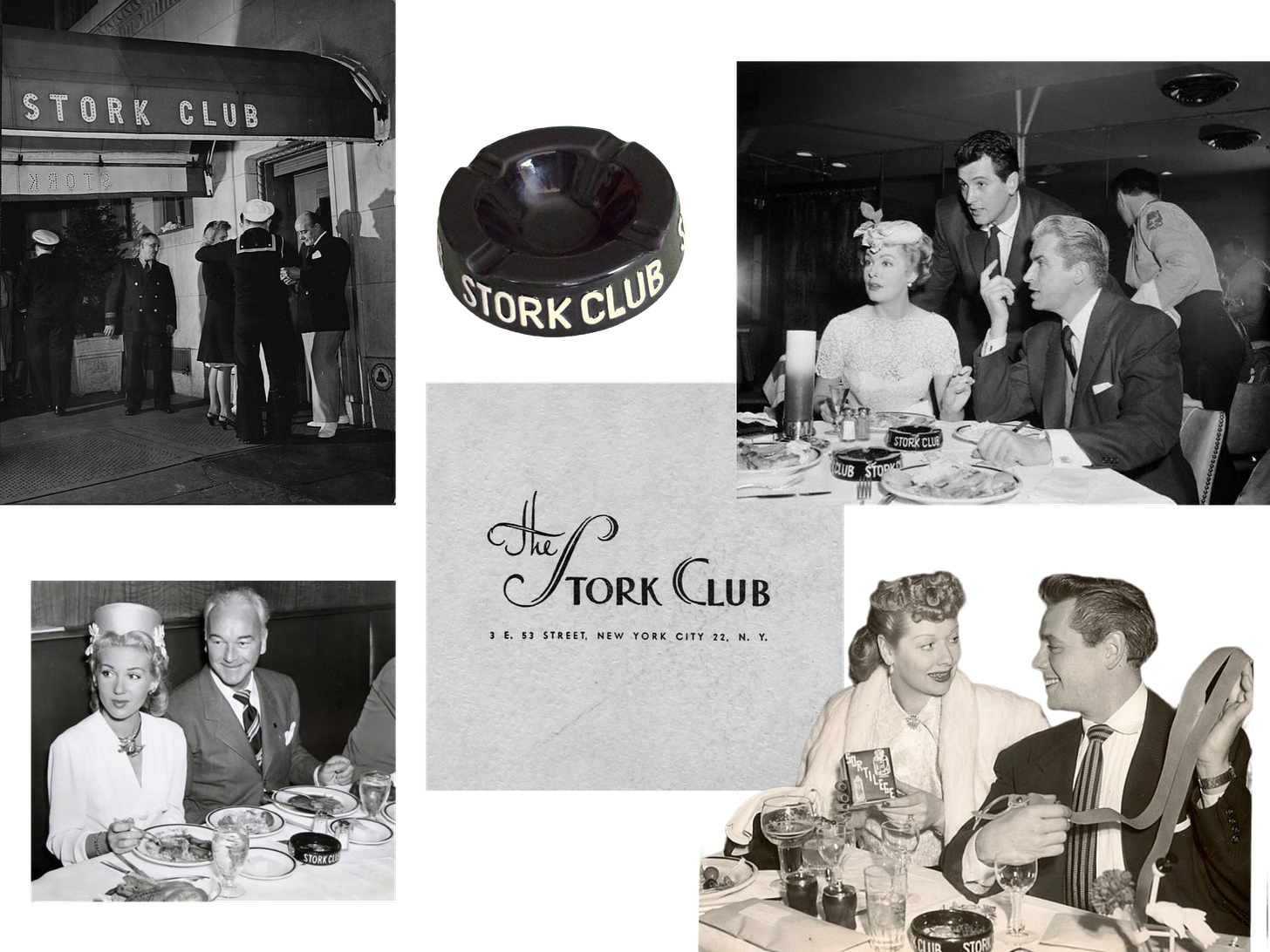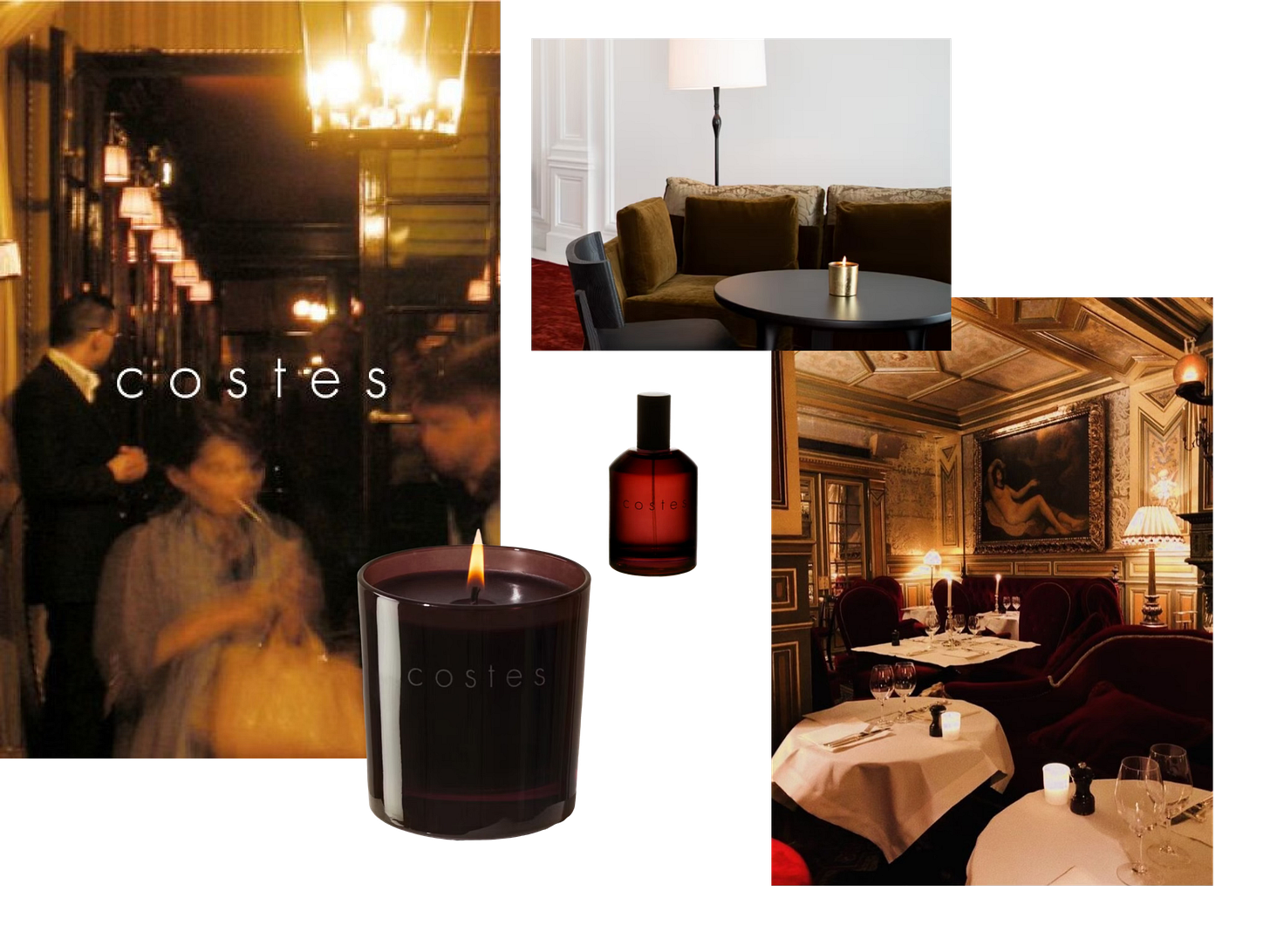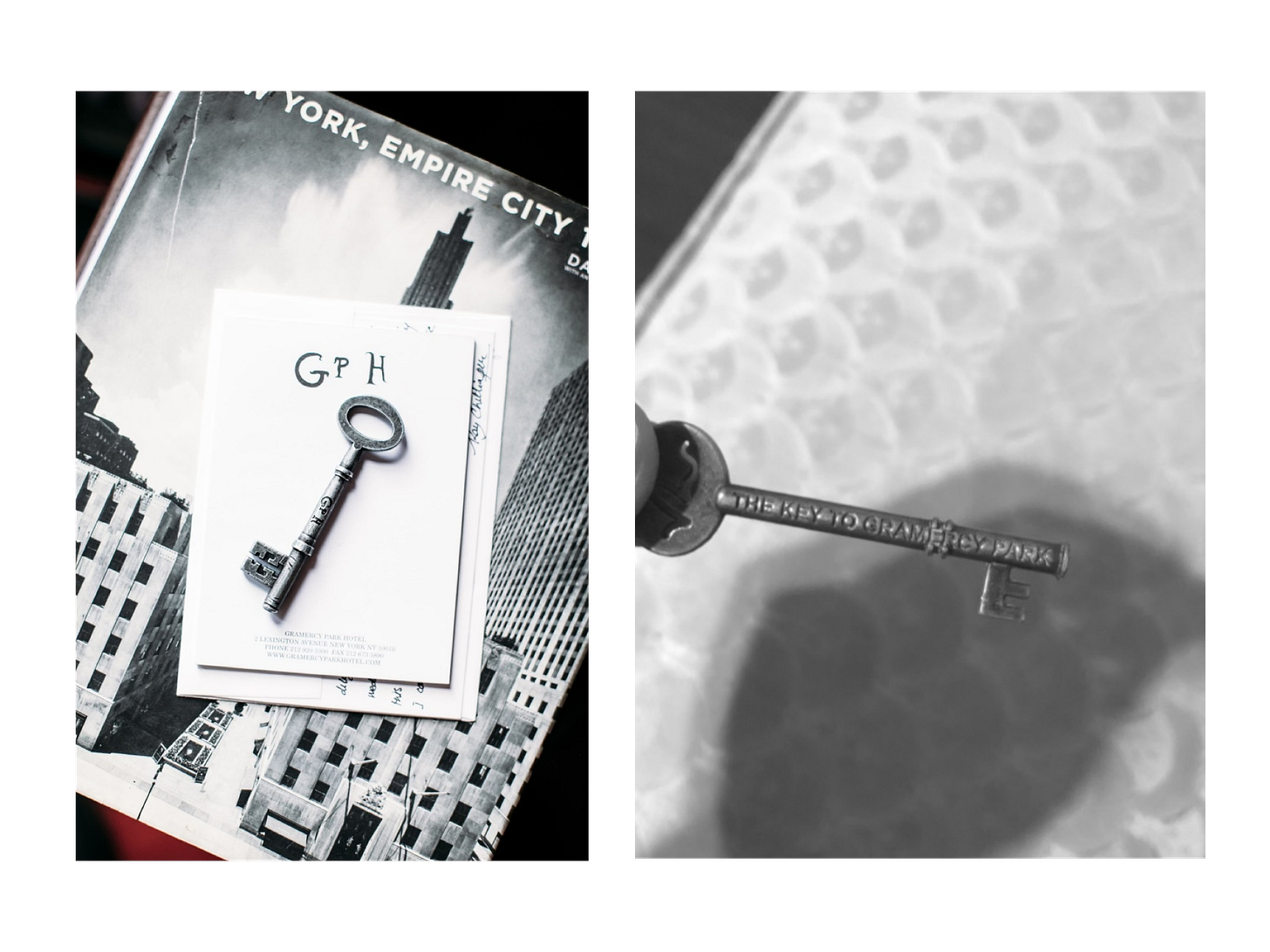Five Hospitality Objects That Became Cult Items
And in turn, cultural shorthand for the very experience they represent.
There are hotel objects you admire, and then there are hotel objects you need—the ones that slip into your psyche (and sometimes, into your suitcase?). These pieces transcend mere utility and become cultural shorthand for the experience they represent.
To own one is to possess a tiny, tangible piece of a world that is otherwise fleeting—the hushed luxury of a Parisian suite, the louche allure of a private club, the irreverent daytime buzz by the pool, interrupted briefly by Rob Lowe lounging to your left.
Some of these objects are purchasable these days (which may mute the mystique a bit, but alas…revenue streams). If not purchased outright, most are acquired through more creative means. Either way, they endure long after checkout.
The Ritz Paris Bathrobe
No item is more tempting to “accidentally” leave in one’s luggage than the bathrobe at the Ritz Paris. It is, in every way, a distillation of old money discretion—a whisper-soft cocoon of thick terry, edged in navy piping, its embroidered insignia small but self-assured. To wear it at home is to momentarily believe one has just returned from an afternoon of handling estate matters. The Ritz, of course, now sells them.
The Stork Club: An Iconic Ashtray of its Time
In the golden age of New York nightlife, no place wielded cultural cachet quite like The Stork Club. From the 1920s through the 1960s, it was the ultimate power room—where movie stars, socialites, and politicians held court over martinis and cigars, all under the watchful eye of owner Sherman Billingsley. But for those who couldn’t secure a coveted table, there was another way to claim a piece of the club’s mystique: its ashtrays.
The Stork Club’s ashtrays—simple, Art Deco meets Gotham, emblazoned with the club’s signature stork logo—became one of the most stolen objects in nightlife history. They weren’t just functional; they were status symbols, a wink to those who knew exactly where you’d been the night before. Today, they’re highly collectible, showing up at auctions, vintage dealers, and on the shelves of those who appreciate the golden era of glamour.
The Bespoke Trudon Candle at Hotel Costes
There are hotel scents, and then there is the hotel scent—the one that hits you at the door like a velvet-gloved hand to the face.
Costes in Paris perfected this with their Trudon collaboration, a candle that smells like deep red roses, polished wood, and the echo of whispered indiscretions. The fragrance is so intertwined with the hotel’s je ne sais quoi that burning it in one’s home can feel vaguely aspirational, as though you might look up from your evening drink and find a peroxide-blonde heiress smoking in the corner.
The Château Marmont Key: The Ultimate Hollywood Souvenir
Some hotels give you a plastic key card. Château Marmont hands you a piece of mythology.
The hotel’s iconic brass room key, anchored by an oversized silk tassel, is more than just a way to get into your suite—it’s a relic of old Hollywood, when a hotel stay was more than transactional, and your room was a stage for whatever story you were living.
Over the years, these keys have quietly disappeared into the pockets of actors, musicians, and anyone lucky enough to spend a night inside L.A.’s most infamous hideaway. They became a low-key status symbol, a subtle flex that whispered I’ve been inside the gates.
Château eventually caught on and made the key available for purchase, but the original ones—the ones that walked—remain the ultimate souvenir. A reminder that some places aren’t just hotels. They’re institutions.
The Gramercy Park Hotel Room Key
Before its renovation, the Gramercy Park Hotel’s oversized brass room keys were objects of obsession. They weren’t even really “takeable” (though people tried), but they became symbols of a New York that doesn’t exist anymore. In fact, the property was so strict about these keys, it’s impossible to find a photo of one online (simpler times then). We do have below, however, the Gramery Park Hotel’s highly coveted park key that they would lend guests to open the gates at the actual Gramercy Park across the way. This key is perhaps one of the most covetable in all of New York City, available to very few local residents in the area.
The Cult of the Object
What makes a hotel object iconic? Certainly, design plays a role—but it is meaning that turns a thing into a legend. The best of these objects operate as quiet emissaries of a world just out of reach, carrying with them the weight of experience, the atmosphere of a room, the vibes of a moment so perfectly engineered it might as well have been scripted.
My background is in the luxury watch industry, where I spent years developing custom objects—gifts, keepsakes, and design pieces that weren’t just promotional, but an extension of the brand’s heritage. I’ve always believed that nothing should exist with a brand’s name on it unless it’s worthy of being archived, and that philosophy still informs how I think about design today at Anastasio Home.
If you’ve smuggled—or, let’s say, acquired—a hotel object of note, I’d love to hear about it. Confessions welcome.







